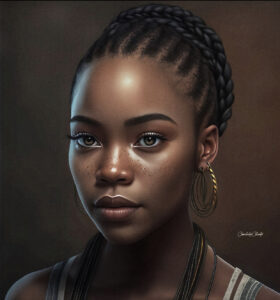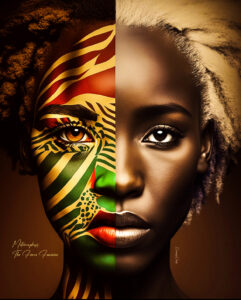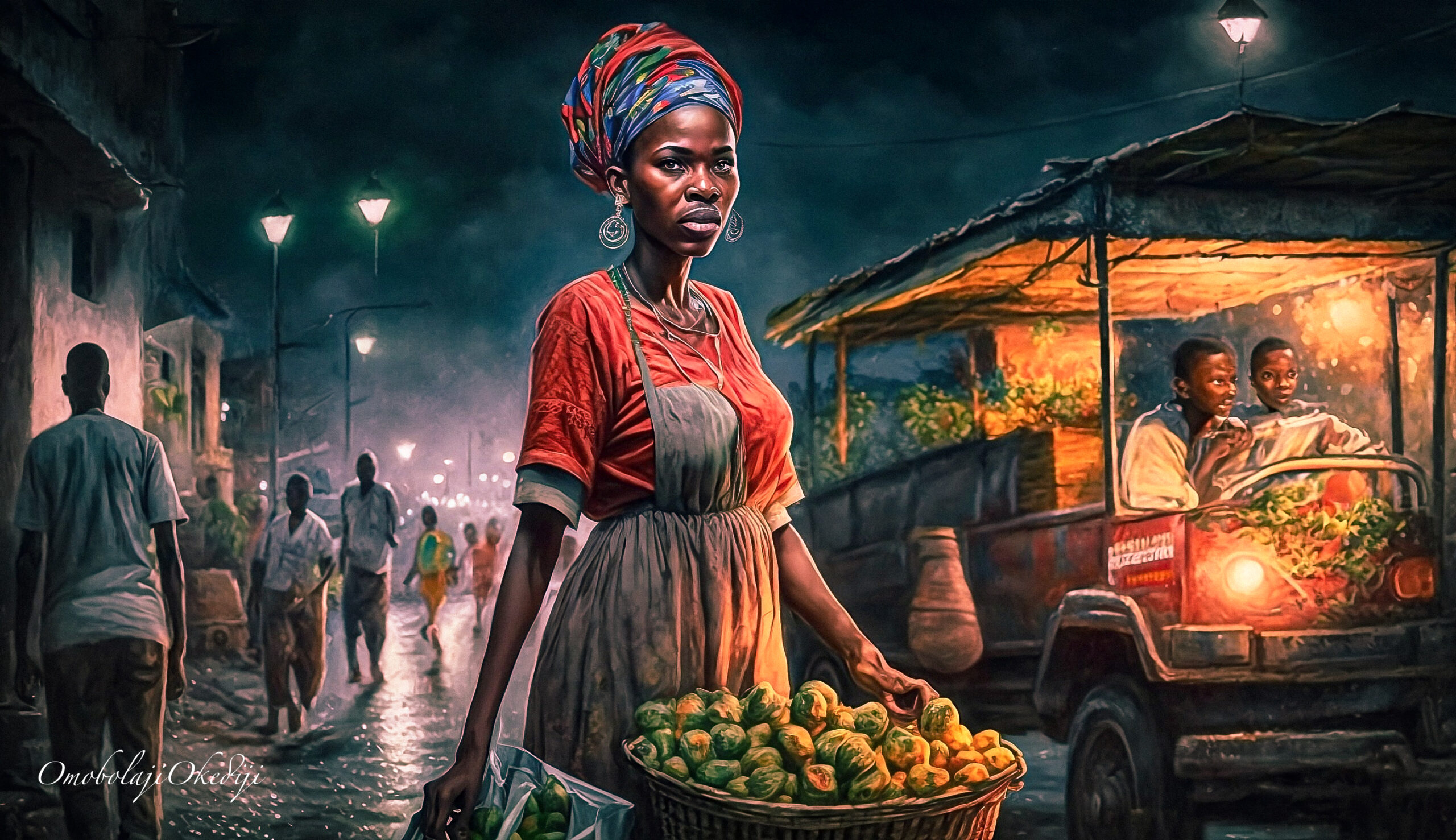In the ever-evolving landscape of creativity, traditional art mediums are being revolutionized by the advent of digital technology. From digital painting to 3D modeling, the realm of digital art offers artists a boundless canvas to explore and express themselves in ways previously unimaginable. In this blog post, we’ll delve into the fascinating world of digital art and explore its impact on the creative process, accessibility, and the art market.
The Evolution of Creativity
Digital art encompasses a wide range of mediums, including digital painting, photo manipulation, 3D modeling, animation, and digital illustration. What sets digital art apart is its reliance on technology and software to create, manipulate, and distribute artistic content.
One of the most intriguing aspects of digital art is its versatility. Artists are no longer bound by the limitations of physical mediums or traditional techniques. With digital tools, they can experiment with an endless array of colors, textures, and effects, pushing the boundaries of their creativity with every stroke of the digital brush.
Accessibility and Inclusivity
One of the most significant advantages of digital art is its accessibility. Unlike traditional art forms that require expensive materials and specialized training, digital art can be created using nothing more than a computer or tablet and a digital drawing software. This accessibility has democratized the world of art, allowing aspiring artists from all walks of life to unleash their creativity and share their work with a global audience.
Moreover, digital platforms and online communities have facilitated the sharing and collaboration among artists worldwide. From social media platforms like Instagram and TikTok to online marketplaces like Etsy and Redbubble, digital artists have unprecedented opportunities to showcase their work, connect with fellow creatives, and even monetize their art.


The Intersection of Art and Technology
Digital art also blurs the lines between art and technology, challenging traditional notions of what constitutes art. With advancements in virtual reality (VR) and augmented reality (AR), artists can create immersive, interactive experiences that engage the senses and push the boundaries of traditional art forms.
Furthermore, machine learning algorithms and AI-driven tools are increasingly being integrated into the creative process, offering artists new ways to experiment with style, composition, and storytelling. Whether it’s generating art based on neural network algorithms or enhancing photos with AI-powered filters, technology is fundamentally changing how art is created and consumed.
The Future of Digital Art
As technology continues to evolve, so too will the world of digital art. From the rise of NFTs (non-fungible tokens) as a new form of digital ownership to the integration of blockchain technology for provenance and authentication, the digital art market is undergoing rapid transformation.
Moreover, as virtual reality and augmented reality technologies become more accessible, we can expect to see even more innovative forms of digital art emerge. From immersive VR art installations to interactive AR experiences, the possibilities are truly limitless.
In conclusion, digital art represents a new frontier of creativity, where artists are limited only by their imagination. As technology continues to advance, digital art will undoubtedly play an increasingly prominent role in the world of contemporary art, challenging conventions, fostering inclusivity, and pushing the boundaries of what is possible. So whether you’re a seasoned digital artist or someone curious to explore this exciting medium, there’s never been a better time to dive into the world of digital art and see where your creativity takes you.


